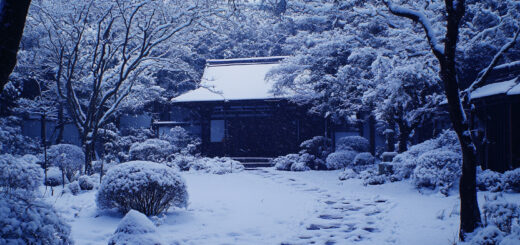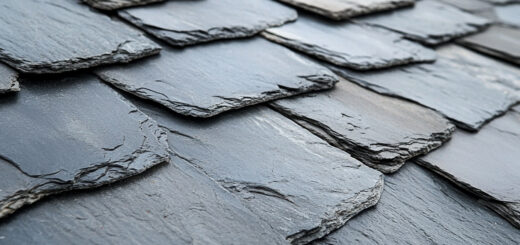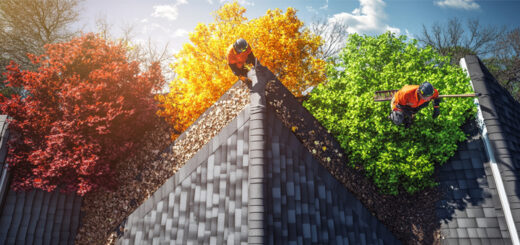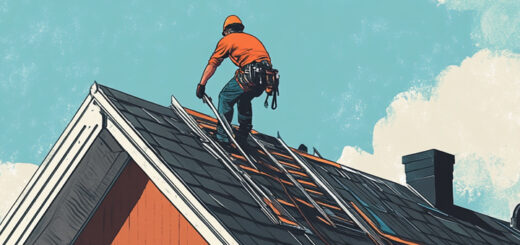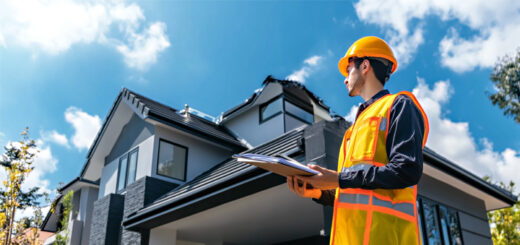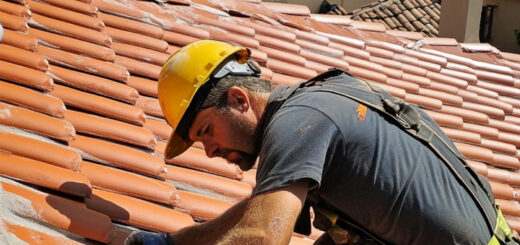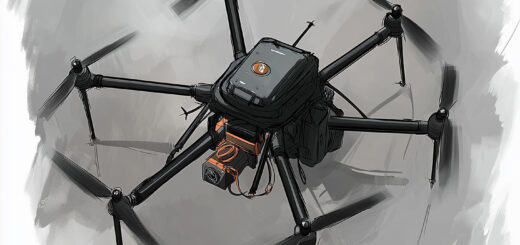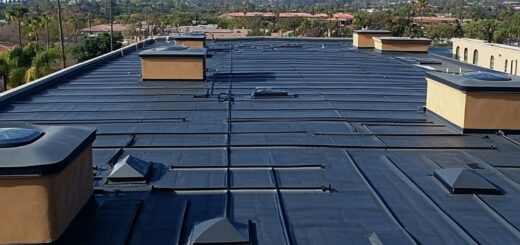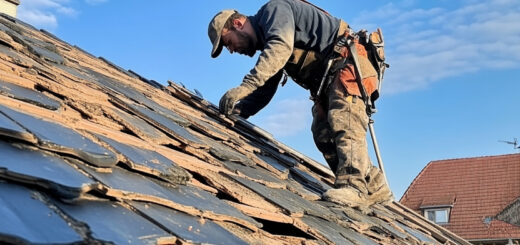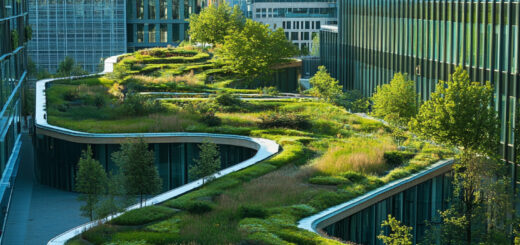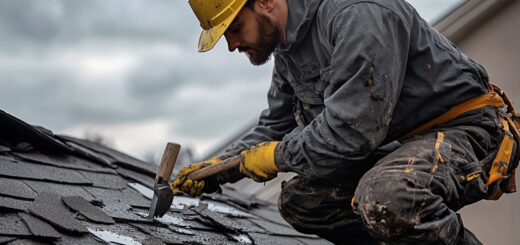Green Roof Materials: Enhancing Sustainability and Urban Aesthetics
As urban areas continue to expand, the need for sustainable solutions becomes increasingly important. One innovative approach gaining traction is the implementation of green roofs. These eco-friendly roofing systems offer a myriad of benefits that make them a crucial component of sustainable architecture.
Green roof benefits extend beyond mere aesthetics; they play a vital role in improving urban environments. By integrating vegetation into roofing structures, cities can effectively combat the heat island effect, where urban areas become significantly warmer than their rural surroundings due to human activities and infrastructure. The plants on green roofs absorb sunlight and provide natural insulation, reducing the need for air conditioning and lowering energy consumption.
Moreover, green roofs contribute significantly to urban greenery by providing habitats for various species of birds and insects, thus promoting biodiversity in densely populated areas. They also aid in managing stormwater runoff by absorbing rainwater, which reduces the burden on municipal drainage systems and decreases the risk of flooding.
In addition to environmental advantages, green roofs offer economic benefits as well. They can increase property values by enhancing building aesthetics and extending roof lifespan through protection from UV rays and extreme weather conditions.
In conclusion, adopting green roofs is an essential step towards creating more livable cities that prioritize sustainability and ecological balance. As we move forward in addressing climate change challenges, embracing such innovative solutions will be key to fostering healthier urban environments for future generations.
The Essential Layers of a Green Roof System
Green roofs are an innovative and sustainable solution for urban environments, offering numerous benefits such as improved air quality, enhanced insulation, and stormwater management. To function effectively, a green roof system must be carefully constructed with several essential layers.
The first critical component is the **structural support**. This layer ensures that the building can safely bear the additional weight of the green roof. It typically involves reinforcing existing structures or designing new ones to accommodate the load of soil, vegetation, and water.
Next comes the **waterproofing membrane**, which acts as a barrier to prevent water from penetrating into the building below. This layer is crucial in protecting the structural integrity of the roof and preventing leaks that could lead to significant damage.
Above this is the **root barrier**, designed to prevent plant roots from penetrating or damaging the waterproofing membrane. By stopping roots in their tracks, this layer helps maintain both plant health and roof integrity over time.
Following this is the **drainage layer**, which ensures proper water management by allowing excess rainwater to flow away from plants while retaining enough moisture for their needs. This balance prevents waterlogging and supports healthy plant growth.
Each of these layers plays a vital role in creating a successful green roof system, working together to provide environmental benefits while protecting building infrastructure. Understanding these components helps stakeholders make informed decisions when planning or maintaining green roofs.
An In-Depth Look at Various Green Roof Materials
Green roofs are becoming an increasingly popular choice for sustainable building design, offering numerous environmental benefits such as improved insulation, stormwater management, and biodiversity enhancement. A critical component of a successful green roof is the selection of appropriate materials, particularly when it comes to substrate and growing media.
Substrate materials for green roofs serve as the foundation for plant growth and must be chosen carefully to ensure both structural integrity and plant health. One common option is a lightweight soil mix, which typically combines inorganic components like expanded clay or shale with organic matter to provide essential nutrients. This mix not only supports plant life but also minimizes additional load on the building structure.
Growing media selection is another vital consideration. It should offer adequate drainage while retaining enough moisture to sustain vegetation during dry periods. The ideal growing medium will balance these needs with nutrient availability tailored to the chosen plant species.
Vegetation options for green roofs vary widely depending on climate conditions and project goals. Sedums are a popular choice due to their hardiness and low maintenance requirements; however, native grasses, wildflowers, and even small shrubs can be incorporated for more diverse ecosystems.
By understanding these key elements—substrate materials, growing media selection, lightweight soil mixes, and vegetation options—designers can create effective green roofs that contribute positively to urban environments while maintaining structural safety and sustainability goals.
Exploring the Types of Vegetation Suitable for Different Climates and Conditions
When it comes to selecting vegetation for various climates and conditions, understanding the unique characteristics of different plant species is crucial. One popular choice for urban environments is sedum plants, which are often used for green roofs. These hardy plants are well-suited to rooftops due to their ability to thrive in shallow soil and withstand harsh weather conditions. Sedums are not only aesthetically pleasing but also contribute to energy efficiency by providing natural insulation.
In addition to sedum plants, choosing native plant species can significantly enhance the sustainability of a landscape. Native plants are adapted to local climate conditions and soil types, making them more resilient and less resource-intensive compared to non-native species. They also support local wildlife by providing habitat and food sources.
For regions prone to dry spells, drought-tolerant vegetation options are essential. Plants such as lavender, succulents, and certain grasses have evolved mechanisms like deep root systems or water-storing tissues that allow them to survive with minimal water. Incorporating these into your landscape design not only conserves water but also ensures a vibrant garden even during periods of scarcity.
Ultimately, climate-specific vegetation choices play a vital role in successful gardening and landscaping endeavors. By selecting plants that align with the local environment’s characteristics—whether it’s temperature fluctuations, rainfall patterns, or soil composition—you can create sustainable landscapes that require less maintenance while thriving beautifully throughout the seasons.
Sustainability Benefits and Environmental Impact of Using Green Roof Materials
Green roofs have emerged as a vital component in sustainable urban development, offering numerous environmental benefits that contribute to a more resilient and eco-friendly cityscape. One of the most significant advantages is the improvement in energy efficiency that green roofs provide. By adding a layer of vegetation, these roofs act as natural insulators, reducing the need for artificial heating and cooling. This can lead to substantial energy savings for building owners while simultaneously decreasing greenhouse gas emissions.
In addition to enhancing energy efficiency, green roofs play an essential role in stormwater management. The vegetation and soil layers absorb rainwater, reducing runoff and alleviating pressure on urban drainage systems. This not only helps prevent flooding but also filters pollutants from rainwater before it reaches waterways, contributing to cleaner water bodies.
Moreover, green roofing materials are instrumental in mitigating the urban heat island effect—a phenomenon where urban areas experience higher temperatures than their rural surroundings due to human activities and infrastructure. By covering rooftops with plants, green roofs help lower surface temperatures through evaporation and transpiration processes. This cooling effect can lead to more comfortable urban environments during hot weather spells and reduce reliance on air conditioning systems.
Overall, adopting green roof materials presents a multifaceted approach to addressing environmental challenges in cities by enhancing energy efficiency, improving stormwater management, and reducing the urban heat island effect—all crucial steps toward achieving sustainability goals.
The Cost and Maintenance Considerations of Installing a Green Roof
When considering the installation of a green roof, it’s essential to understand both the initial costs and the ongoing maintenance requirements. The green roof installation costs breakdown typically includes several components: waterproofing membranes, drainage systems, root barriers, soil substrate, and vegetation. Each of these elements contributes to the overall expense and varies depending on factors such as roof size, design complexity, and choice of materials.
A thorough cost-effectiveness analysis of green roof materials is crucial in balancing upfront investments with long-term benefits. While premium materials might increase initial costs, they often offer better durability and performance over time. This can lead to savings through reduced energy consumption for heating and cooling, extended lifespan of roofing materials due to protection from UV rays and weather elements, and potential stormwater management fee reductions.
Long-term maintenance tips for green roofs are vital for ensuring their sustainability and functionality. Regular inspections are necessary to monitor plant health, check for leaks or drainage issues, and ensure that irrigation systems function correctly if installed. Seasonal maintenance might include removing weeds or invasive species that could disrupt the ecosystem balance on your roof. Additionally, replenishing soil nutrients periodically can promote healthy plant growth.
In summary, while the initial investment in a green roof may seem significant due to material choices and installation complexities, careful planning around cost-effective solutions combined with consistent maintenance practices can yield substantial environmental benefits and financial returns over time.
Embracing Eco-Friendly Building Practices with the Right Green Roof Materials
In conclusion, embracing eco-friendly building practices is essential for creating sustainable urban environments, and green roofs play a pivotal role in this transformation. By selecting the right green roof materials, architects and builders can significantly enhance the environmental benefits of their projects. These materials not only contribute to energy efficiency by providing natural insulation but also aid in stormwater management by absorbing rainfall and reducing runoff.
The choice of substrate, vegetation, and waterproofing layers are crucial components that determine the effectiveness and longevity of a green roof. Opting for lightweight yet durable materials can ensure structural integrity while supporting diverse plant life that enhances biodiversity. Furthermore, incorporating native plant species can reduce maintenance needs and promote local ecosystems.
As cities continue to grow, integrating green roofs into urban planning is a step towards mitigating climate change impacts while improving air quality and providing aesthetic value. By committing to eco-friendly building practices with carefully chosen green roof materials, we pave the way for healthier communities and a more sustainable future.
